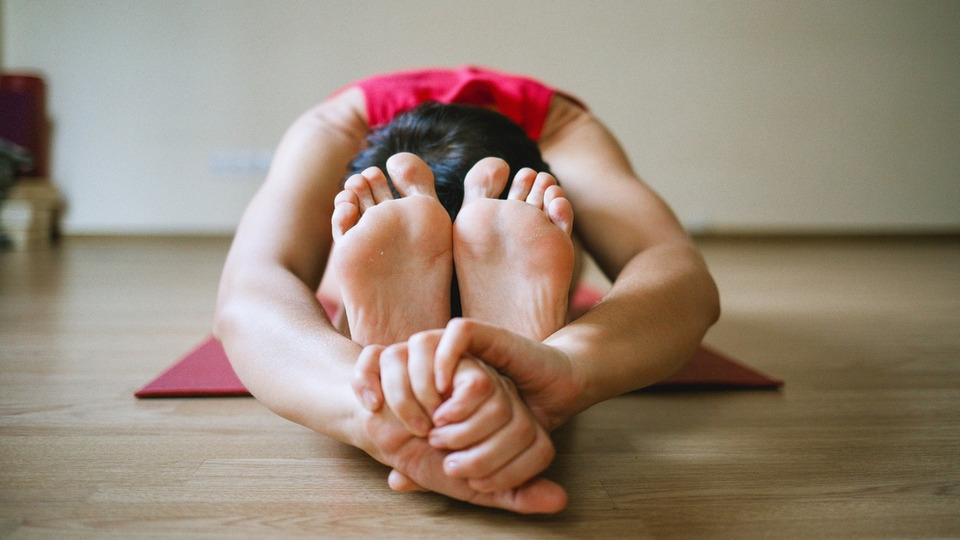
Yin yoga uses passive, longer-held positions to work deeper into our bodies.
It targets the body's innermost tissues, our connective tissues, which include ligaments, joints, bones, and the deep fascia networks.
Yin yoga also has fantastic advantages for your mental and emotional wellness.
A typical Yin yoga session consists of a sequence of passive, long-held floor postures that primarily target the lower body's hips, pelvis, inner thighs, and lower spine. The positions can occasionally be held for more than five minutes. Although some Yin asanas have Yang aspects, Yin is largely passive.
Benefits of a consistent practice promotes flexibility and circulation, balances and calms the body and psyche, decreases tension and stress, releases fascia, promotes deeper sleep, and increases joint flexibility.
The practice of yin yoga allows you to bring the dynamic and external yang energy into balance with the passive and internal yin energy. The deeper connective tissue, including ligaments, joints, and fascia, will be targeted through a sequence of floor-based poses (held 3-5 minutes). With the aid of props, active muscle relaxation is encouraged as you find your way into a mild meditation. Perfect for a day when you need to maintain a high level of energy or unwind your overworked mind!

Slow Flow creates space to slow down and reconnect with yourself through focused movement and intentional breathing. During Slow Flow, students have more time to settle into their mats, flow breath to movement at their own speed, and hold asanas for several breaths.
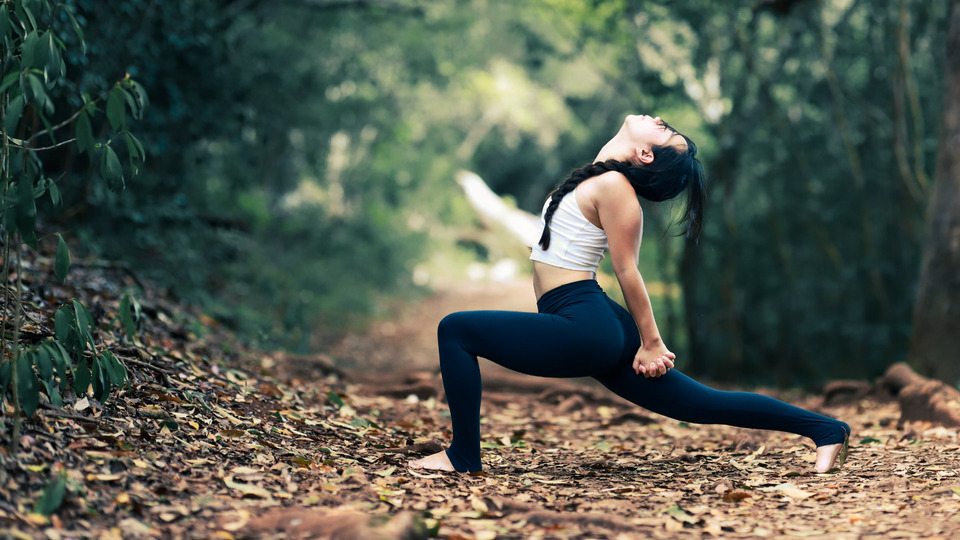
Experience the connection between breath and body moving together. Vinyasa threads a series of postures from sun salutations, standing postures, stretching, and pranayama (breathwork); this cultivates a moving meditation. This style builds strength, aids balance, and reduces stress.
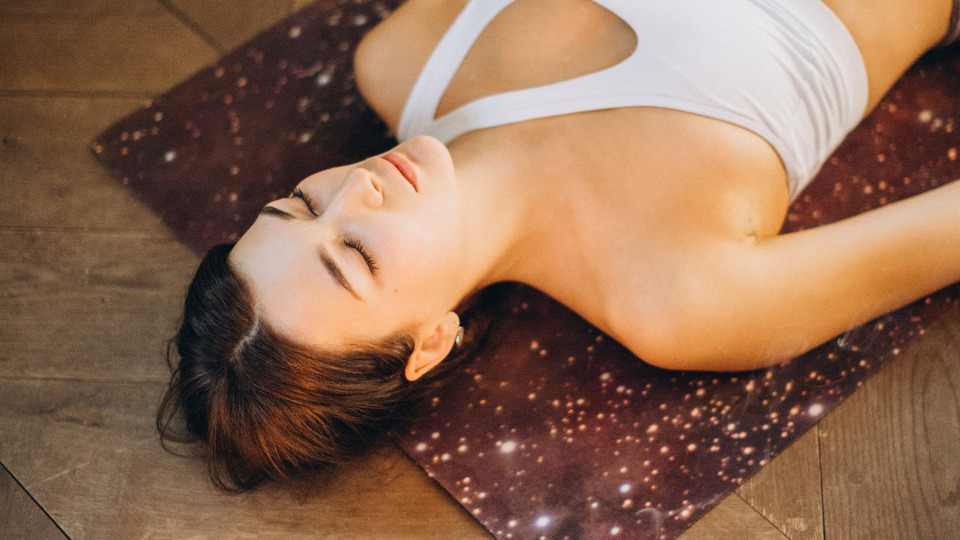
Yoga Nidra is a state of consciousness between waking and sleeping, typically induced by a guided meditation. Integrative Restoration, or iRest Yoga Nidra Meditation, is a modern-day secular adaptation of the ancient meditative practice of Yoga Nidra. It is a form of self-inquiry that research shows effectively reduces PTSD, depression, anxiety, insomnia, chronic pain, and chemical dependency; while increasing health, resiliency, and well-being. iRest Meditation provides us with guidelines for going beyond our self-limiting beliefs and conditioning. Its practice allows us to break free of restrictive patterns, and to live a contented life, free of conflict, anxiety, fear, dissatisfaction, and suffering.
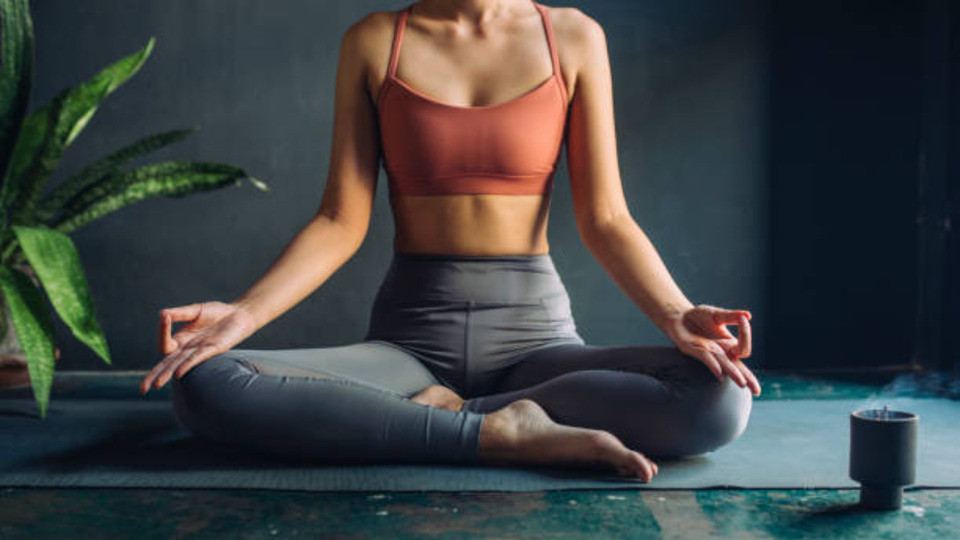
Aromatherapy is the use of scents through essential oils, incense, palo santo, sweetgrass and more for a therapeutic benefit.
Restorative yoga, also known as "conscious relaxation," is a practice that allows your mind and body to rest, reset, and recharge. It's a great way to unwind after a long day. The postures involve little to no effort, and many are prop-assisted, stimulating the body before bringing your complete self to a more balanced state of functioning. Meditation, which is integrated within the practice, encourages the mind to let go, promoting rest and relaxation. Find rest & renewal through a restorative practice along with different aromas. Finish your practice feeling peaceful and refreshed.
***If you are sensitive to strong smells or smoke from incense or other burning aromas, this class may not be for you. Please look at our other Restorative Class.
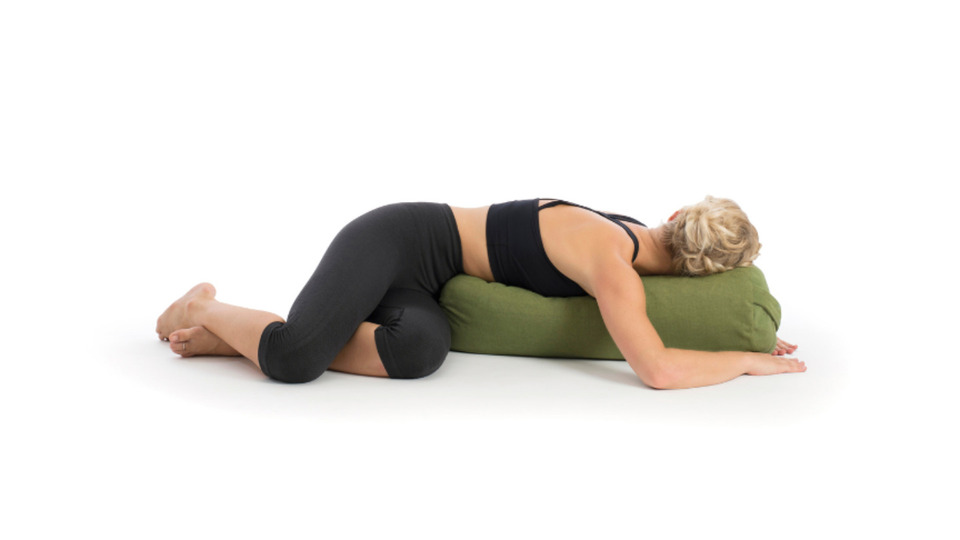
Slow down, feel your breath, and let go of unnecessary effort with a gentle class that blends restorative and yin poses. After gentle movement you will setup for stillness in Yoga Nidra. This is a state of consciousness between waking and sleeping, induced by a guided meditation following an adaptation known as iRest Yoga Nidra Meditation. It is a form of self-inquiry that research shows effectively reduces PTSD, depression, anxiety, insomnia, chronic pain, and chemical dependency; while increasing health, resiliency, and well-being. iRest Meditation provides us with guidelines for going beyond our self-limiting beliefs and conditioning. Its practice allows us to break free of restrictive patterns, and to live a contented life, free of conflict, anxiety, fear, dissatisfaction, and suffering.


 OfferingTree
OfferingTree